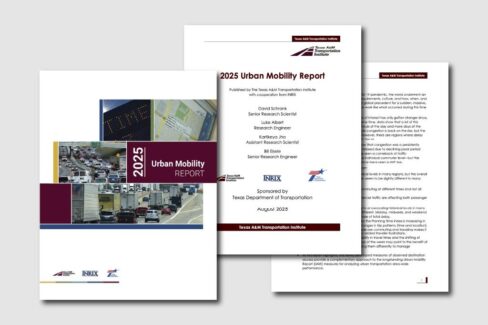2024 Annual Meeting Rapid Fire Presentation: “Frequent Misconceptions”

Presented by Jeff Bennett, Director of Shuttle Operations, at 128 Business Council’s 2024 Annual Meeting (April 25, 2024).
In this fast-paced presentation, Jeff Bennett walked attendees through the top questions and misconceptions we hear about shuttle services—and explained why thoughtful design, not convenience alone, drives the choices we make.
1. Why fixed-route buses? Wouldn’t on-demand be better? Fixed-route shuttles move more people per hour with fewer vehicles and lower cost. On-demand service sounds efficient, but typically maxes out at 3–4 riders per hour—far lower than our lowest-ridership routes.
2. Why do the shuttles only run to the T? Connecting to MBTA stations extends the reach of the regional transit system while keeping shuttles out of high-congestion zones. Starting in low-density suburbs, unfortunately, doesn’t attract enough riders to justify the cost.
3. Why can’t local residents use the “reverse” trip? Reverse trips often serve a critical function: recovery time, restroom access, and/or shift transitions. Plus, they aren’t always well-located to turn into rider-facing service—especially in areas far from residential neighborhoods.
4. Why aren’t shuttles more frequent? Why don’t they run all day? We maximize frequency within the constraints of the realities of space and time, operator shifts, and funding. Put very simply, more service requires hiring more operators—which comes at significant cost.
5. Why do some trips run outside of rush hour? These “shoulder trips” (early or late trips) help support peak-time ridership, accommodate workers with nonstandard schedules, and give riders the flexibility they need to avoid car ownership. They’re less used, but still essential.
6. Why do I see so many empty buses? An empty shuttle could be repositioning, entering or exiting service, or completing a shoulder trip. Even when not full, it still supports a non-SOV commute more efficiently than cars do.
Jeff emphasized that every aspect of our system—routes, frequency, span of service—is shaped by efficiency, rider needs, and funding realities. These are design decisions, not oversights.
Jump straight to Jeff’s presentation within the meeting recording here.

